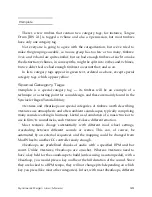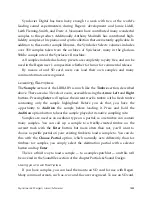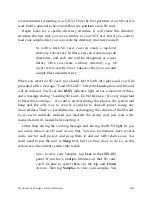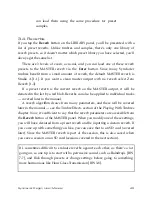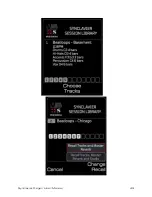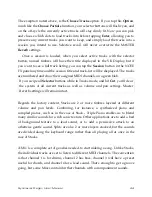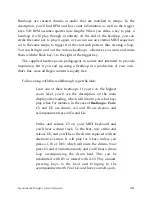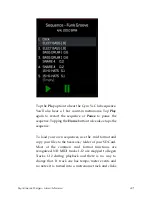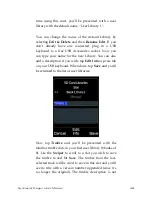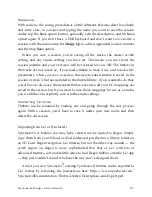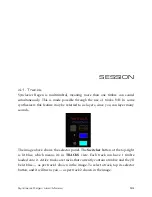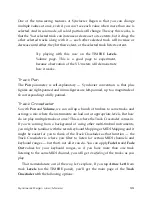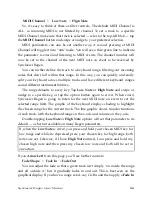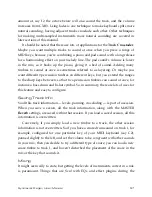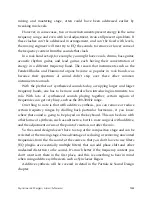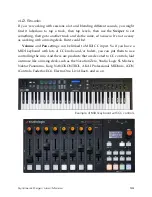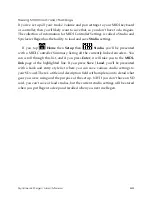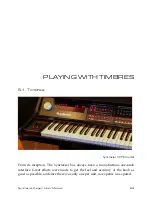
Synclavier Regen User Manual
48
are synthesized on the beats. No tempo changes are
supported.
3.6. Saving
Firstly, you’ll need an SD card. Any size should work. FAT32 format is
recommended, but some other formats are recognized.
The SD Card slot on the left side of the unit is of the spring-loaded style, so when
you push your card in, you’ll feel a satisfying resistive latch. The main display
will prompt you to “Load SD Card?”. Select the
Load
option, and the card will be
indexed. You’ll see the
BUSY
indicator light on for a moment or three, and a
message stating, ”Loading SD Card - Do Not Remove.” It’s very important to
heed this warning — if a card is ejected during this process the system will hang
and the only way to recover would be to shut-off power, losing any unsaved
data. There’s a possibility also, of damaging the contents of the SD card. So if
you’ve suddenly realised you inserted the wrong card, just wait a few moments
until it’s loaded before ejecting it.
Other than during the warning message, you can safely remove an SD card, at
any time. You can, for instance, have several cards, one for each project, and
swap them in and out with relative ease. You don’t need to put the unit to
Sleep
first, but you may chose to do so, as this action saves the current system state to
disk.
Let’s assume you’ve made some changes to a factory
preset timbre, or created your own from scratch and
want to save it on your SD card. Enter your card and
push so it locks in place. Tap
Load
and wait for the
indexing to complete. Tap
Save
and you will see
the list of user libraries on this card. If this is the first


